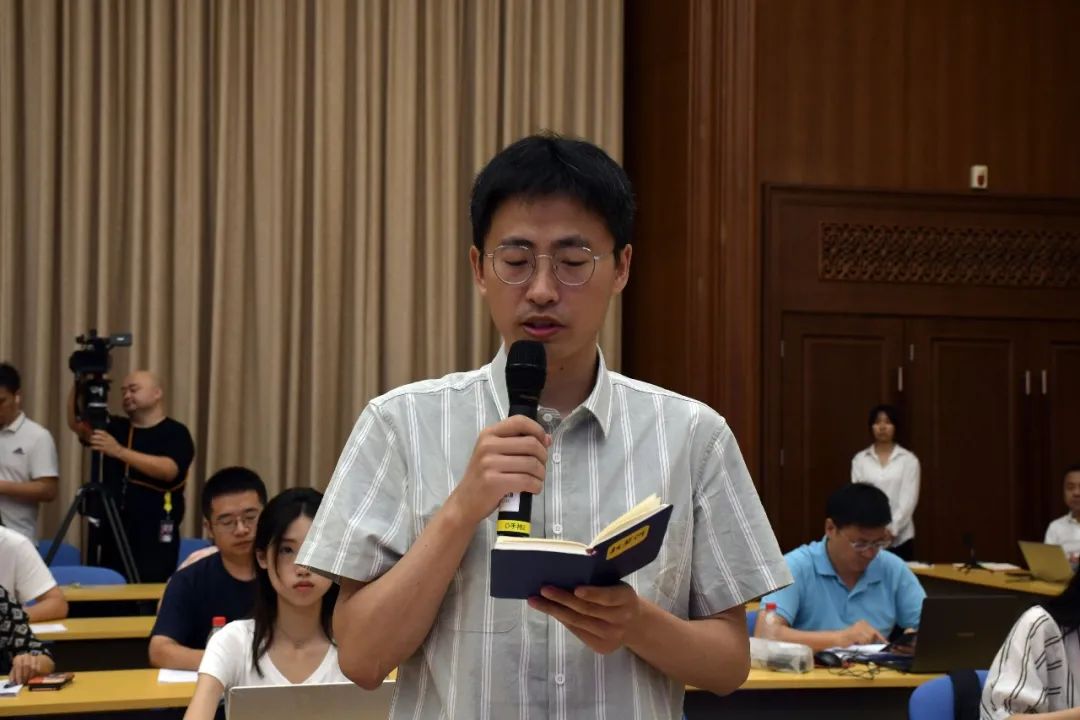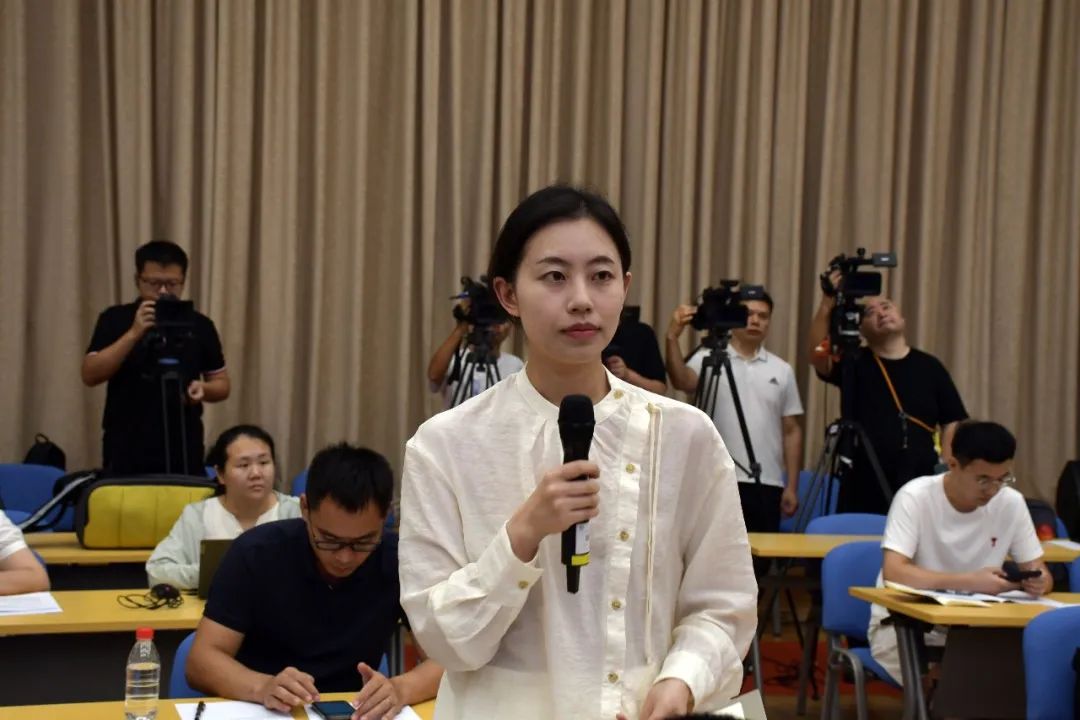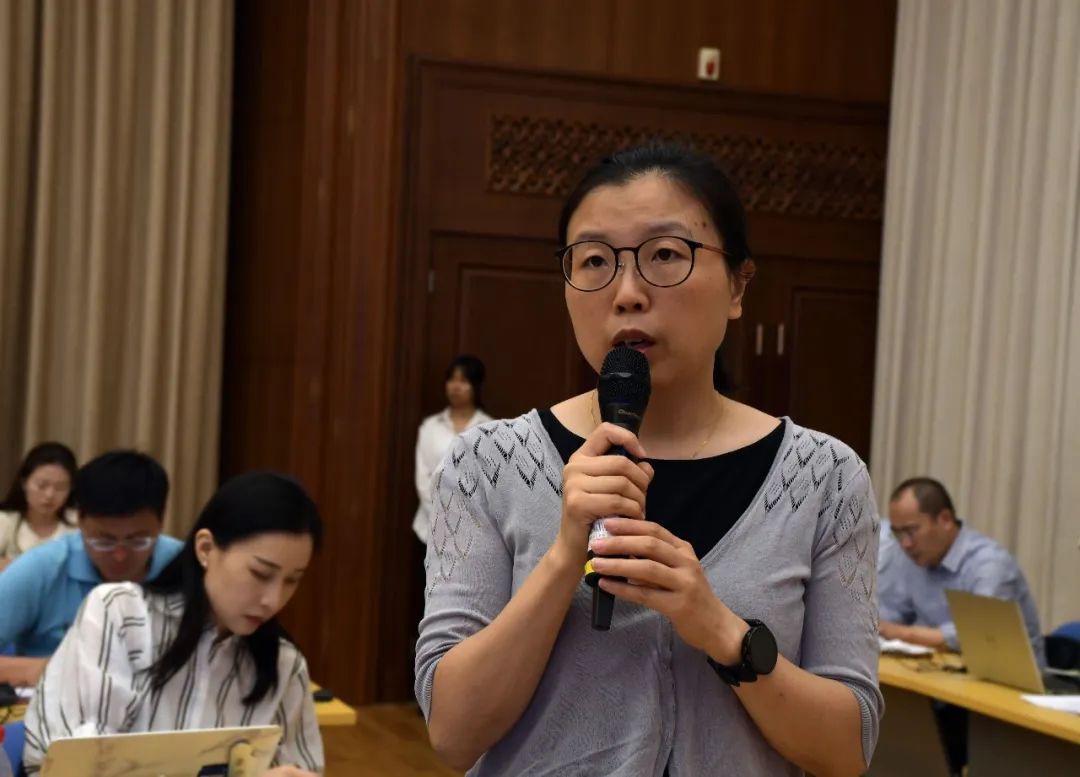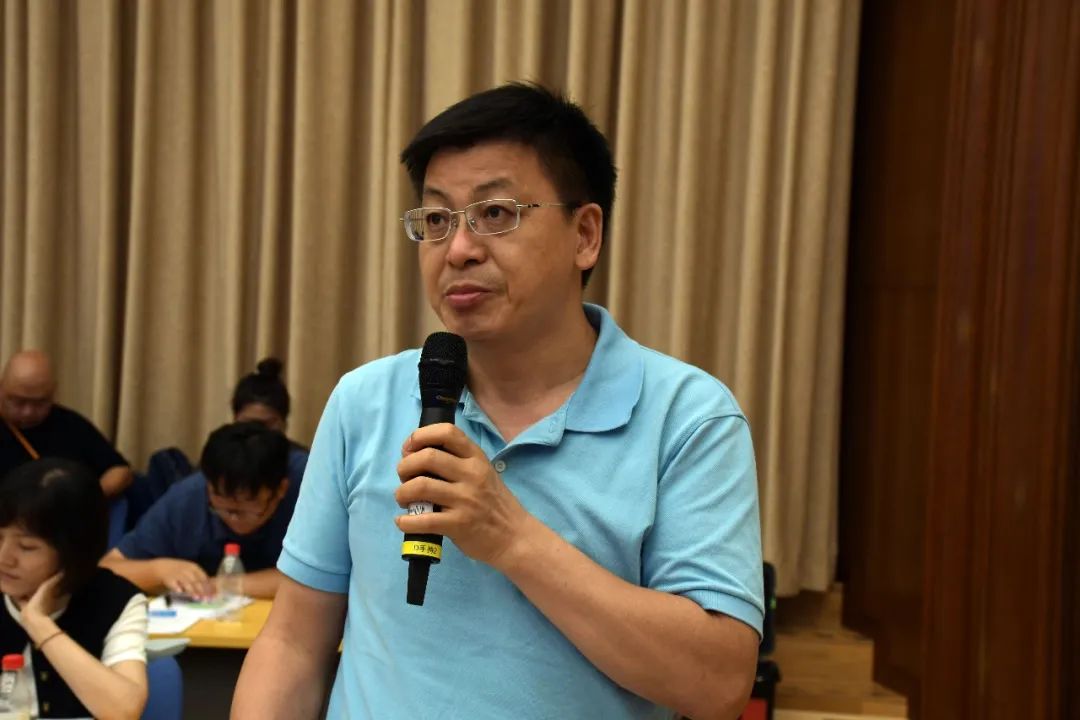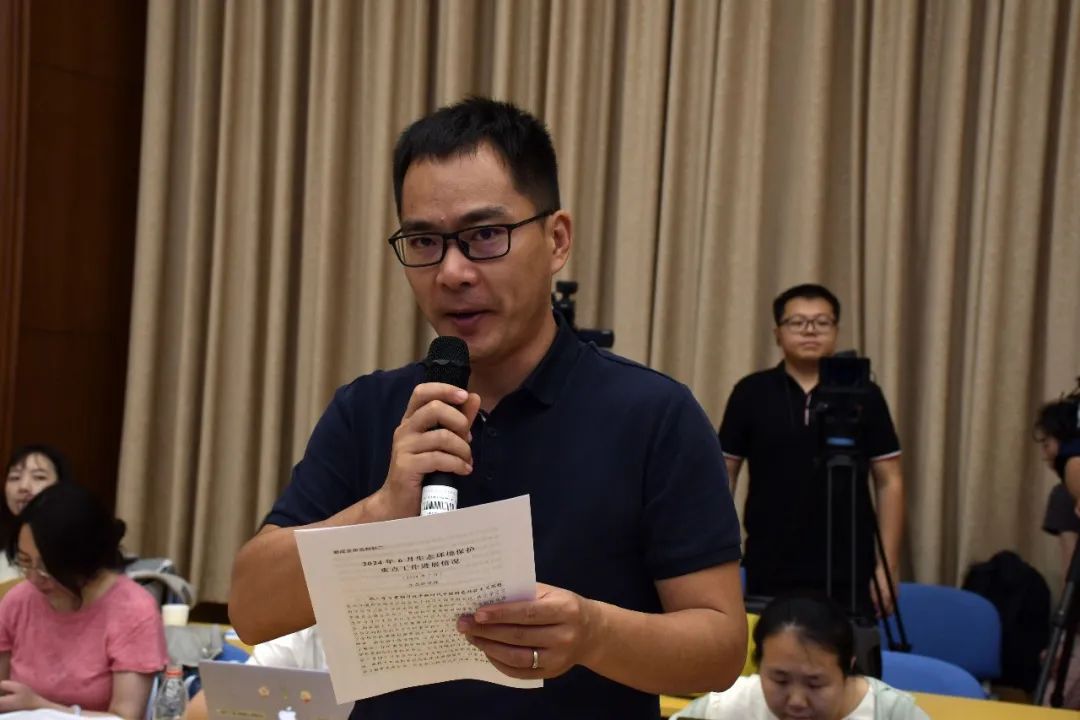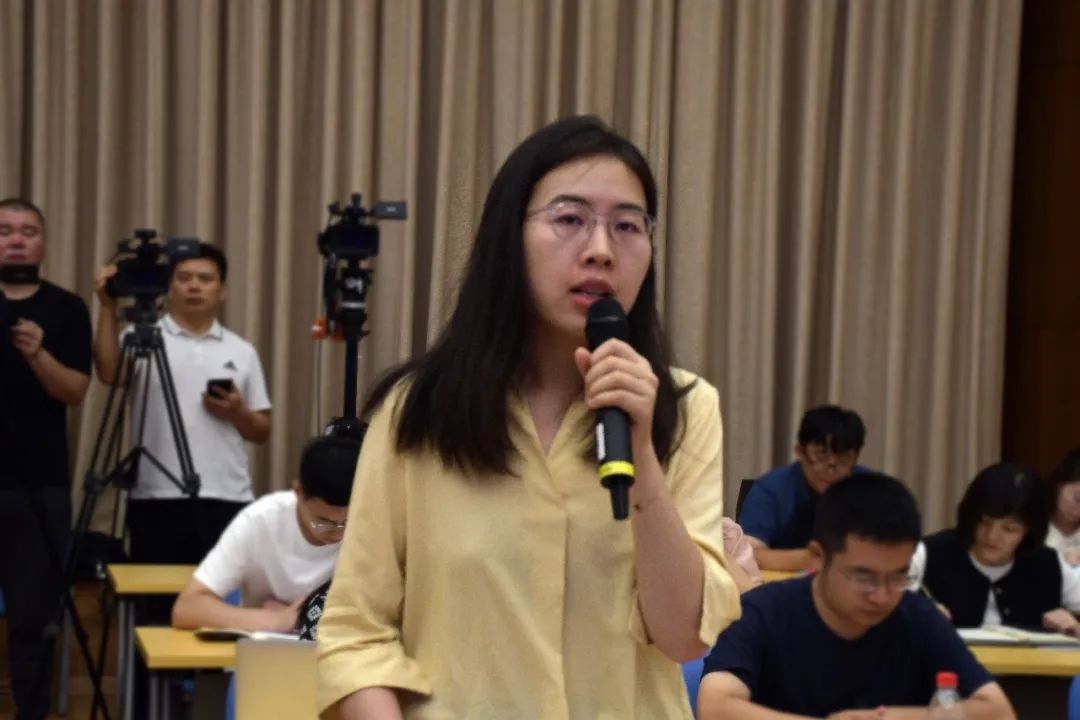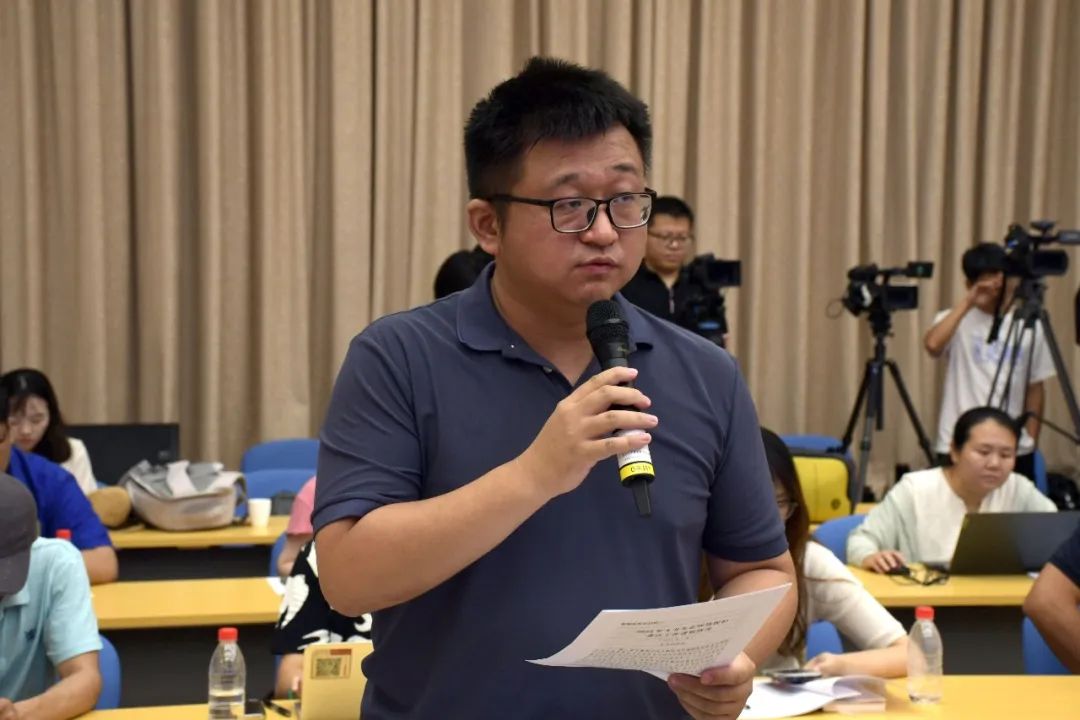Answer to questions at the regular press conference in July
On July 29, the Ministry of Ecology and Environment held a regular press conference for July. Zhao Shixin, Director of the Soil Ecology and Environment Department of the Ministry of Ecology and Environment, attended the press conference and introduced the relevant situation of soil, groundwater and agricultural and rural ecological and environmental protection. Pei Xiaofei, director of the Propaganda and Education Department of the Ministry of Ecology and Environment and spokesperson, presided over the press conference to inform the recent progress of key ecological and environmental protection work, and jointly answered questions from reporters.
press conference site
Introduce the relevant situation of soil, groundwater and agricultural and rural ecological and environmental protection
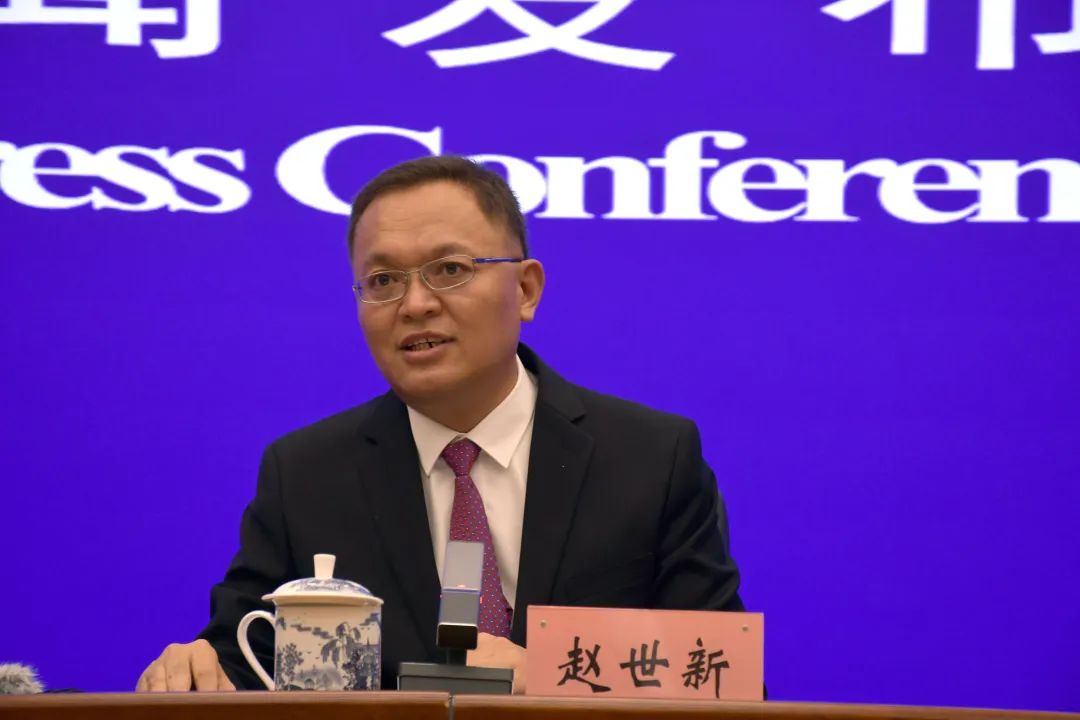
Zhao Shixin:Hello, reporters and friends! I am very happy to communicate with you. I would like to take this opportunity to first thank you for your long-term concern and support for soil, groundwater and agricultural and rural ecological and environmental protection!
Soil, groundwater and agricultural and rural ecological environment protection are related to ecological security, food security and the construction of a beautiful China. Guided by Xi Jinping Thought on Ecological Civilization, the Ministry of Ecology and Environment has thoroughly implemented General Secretary Xi Jinping's important instructions and instructions and the spirit of the National Ecological and Environmental Protection Conference, adhered to the policy of precise pollution control, scientific pollution control, and legal pollution control, and worked with relevant departments to strengthen source prevention and risk management. Management and control, classified policies, coordinated management, and pilot trials have continued to fight in depth to defend pure land and the tough battle against agricultural and rural pollution control, and achieved remarkable results.
Soil is the material foundation for human survival. We focus on "eating with peace of mind and living with peace of mind", controlling the source, preventing new additions, and focusing on supervision to comprehensively manage and control soil pollution risks. Carry out investigations on the causes of soil pollution in cultivated land, strengthen traceability and source identification, promote the implementation of major engineering projects for source control of soil pollution, and eliminate a number of hidden pollution hazards. Promote classified management of agricultural land, strictly manage access to construction land, strengthen supervision of illegal development and utilization, and effectively guarantee safe utilization. Promote the comprehensive utilization of black soil and saline-alkali land and ecological environmental protection.
Groundwater is an important drinking water source and strategic resource. We closely focus on "ensuring the quality and sustainable use of groundwater is a major ecological project and people's livelihood project" to strengthen the foundation, build systems, control risks, and strengthen key groundwater pollution sources and drinking water "dual source" management of water sources. Build a technical standard system, establish a list of key pollutant discharge units, delineate key areas, promote risk management and repair pilots, curb the trend of intensified pollution, and the overall quality of groundwater will be stable and improving.
A good ecological environment is the greatest advantage and valuable asset in rural areas. We focus on "giving farmers a clean and tidy living environment" to seek practical results, emphasize coordination, and promote revitalization. Effectively, orderly and effectively promote Zhejiang's "Ten Million Project" experience, promote local conditions and classified policies to treat rural sewage, combine artificial restoration and natural restoration to treat black and smelly water bodies in rural areas, and systematically prevent and control agricultural non-point source pollution. Establish a normalized discovery mechanism for rural environmental remediation problems, conduct on-site research and evaluation in a "four no's and two straight" approach, solve outstanding problems that have been strongly reported by the masses, and significantly improve the rural ecological environment.
The road is blocked and long, but the road will come soon. In the next step, we will follow the deployment of the Party Central Committee and the State Council, combine study, publicity and implementation of the spirit of the Third Plenary Session of the 20th Central Committee of the Communist Party of China, focus on improving people's quality of life, focus on building a beautiful China, vigorously promote special actions to prevent and control the source of soil pollution, and promote the whole county The construction of beautiful countryside will make due contributions to the construction of Chinese-style modernization in which man and nature coexist harmoniously.
Soil, groundwater, agricultural and rural ecological and environmental protection work started late, had a weak foundation, heavy tasks and many subjects. I urge all reporters and friends to continue to provide support and assistance. Thank you all!
answered questions
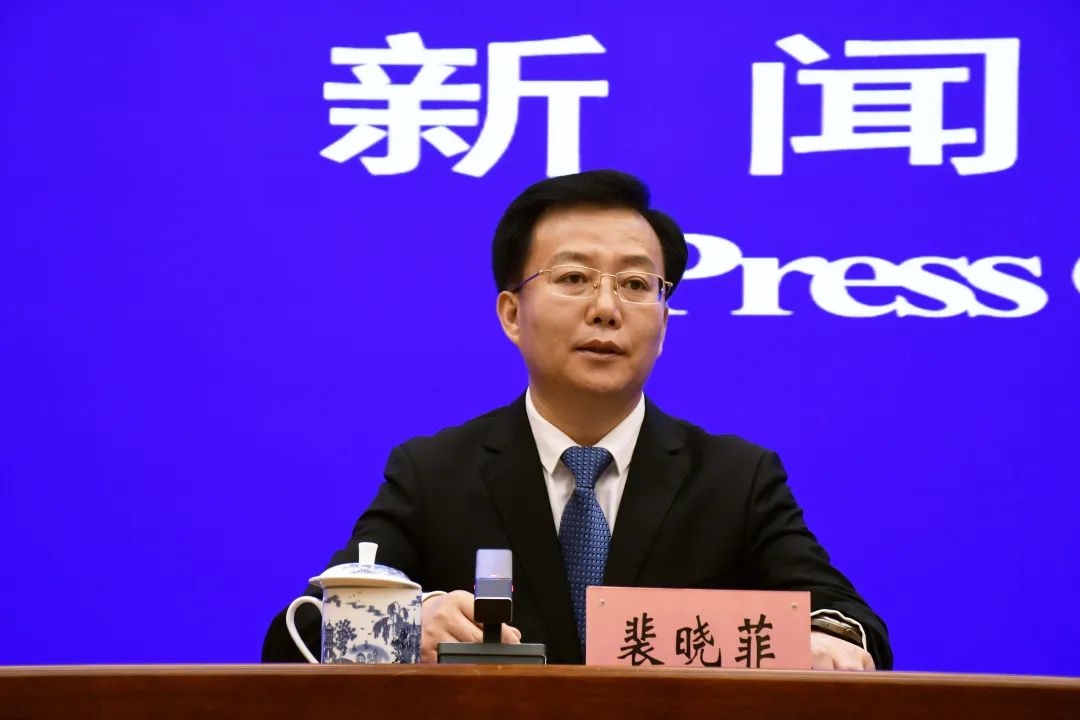
Pei Xiaofei, Director of the Propaganda and Education Department of the Ministry of Ecology and Environment and Spokesperson
